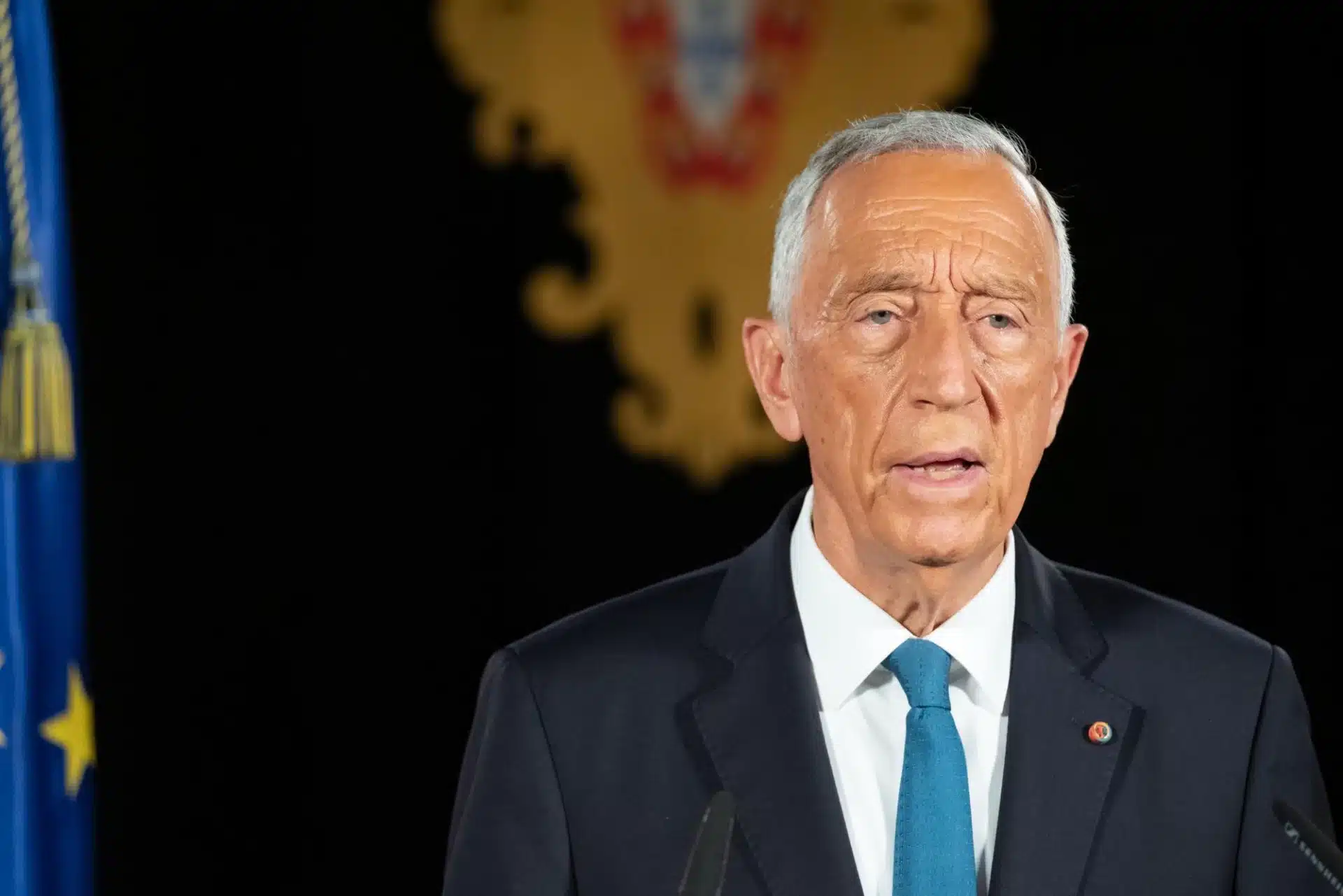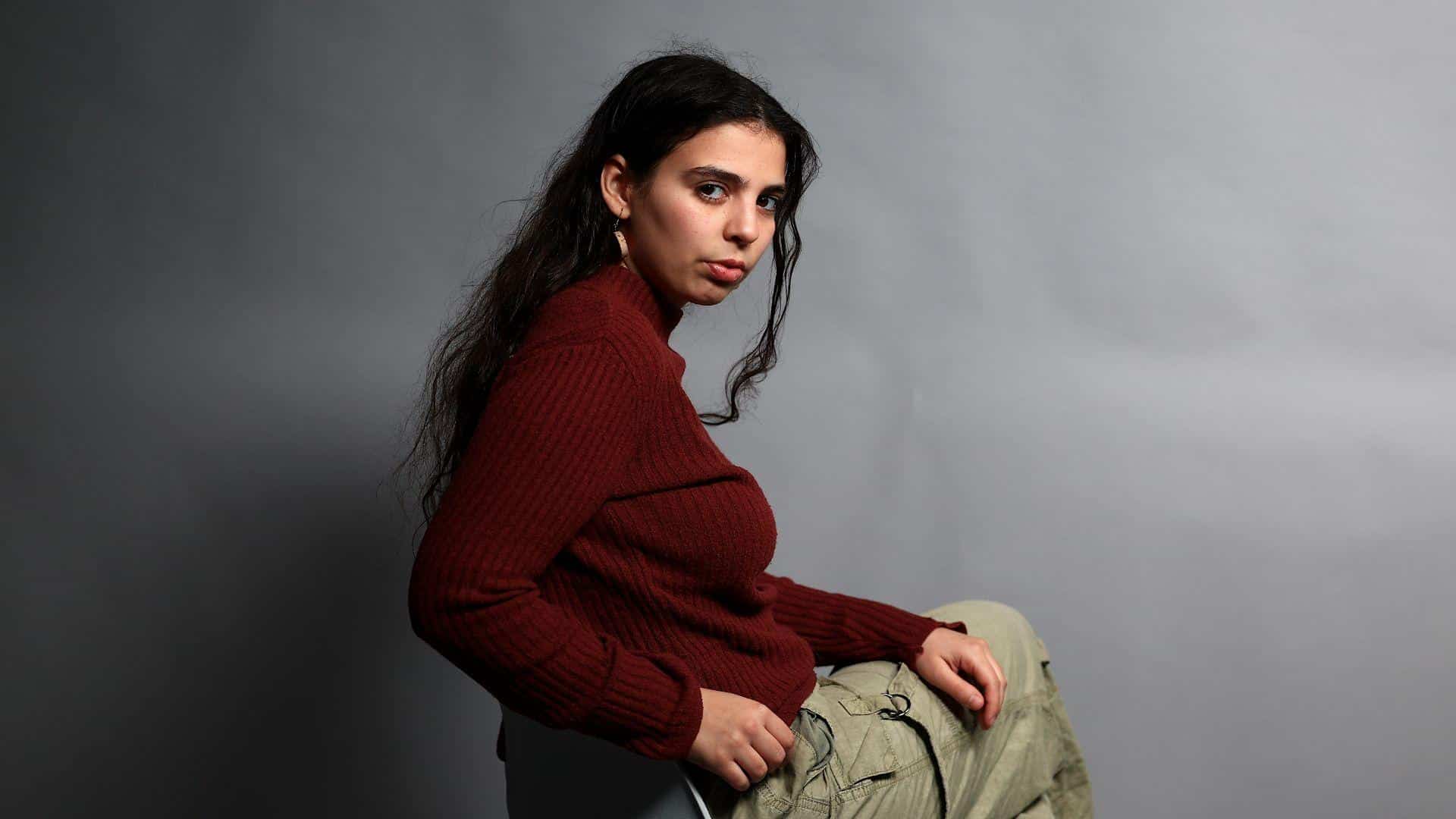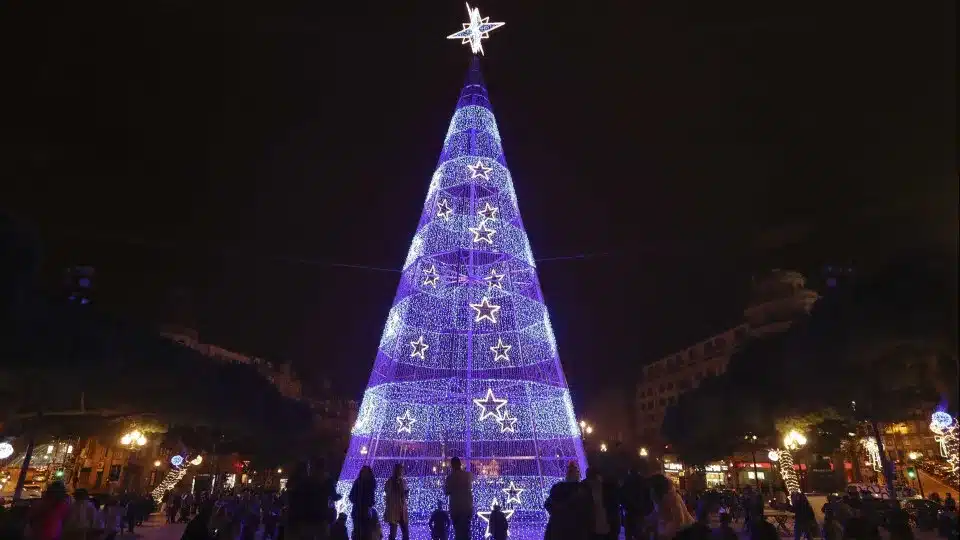raditional Portuguese music mixed with electronics, the sounds of everyday objects and thought-provoking lyrics resulted in the music created by singer Ana Lua Caiano, whose debut album is released on Friday.
“Vou ficar neste quadrado”, published by the German label Glitterbeat, follows the EPs “Chegguei tarde a ontem” (2022) and “Se dançar é só depois” (2023), on which Ana Lua Caiano already wrote the lyrics and compositions, sang, played and produced.
In the EPs, he felt that he still didn’t have “enough autonomy” or know “enough to be able to finish” the work, so he had help with the production, he recalled in an interview with Lusa.
On her debut album, she did everything herself, and the only person she collaborated with was musician Elly Janoville, and only because he can’t play the flute.
This 24-year-old ‘woman of seven instruments’ started playing the piano at the age of six. At the age of ten, she studied classical piano, choir and musical training alongside her recurrent education.
As a teenager, he wanted to “explore other things” and went to learn more at the Hot Clube de Portugal jazz school.
At that point, Ana Lua Caiano’s focus shifted from the piano to her voice. When she got to university, she went on to study communication design, and perhaps this explains the “very strong need” to have a visual identity from the start of her solo project.
A career in music wasn’t something Ana Lua Caiano had planned. “It was something I liked doing and I really liked singing,” she said.
As well as singing, he realized that he also liked composing, “but not within the norms”, and so he started “taking courses on composing with any element”.
While he was researching “other ways of making music, the pandemic came”.
Had it not been for covid-19, Ana Lua Caiano might not have appeared to the public as a solo artist.
“Suddenly I couldn’t play with anyone, I was so used to playing with groups. I’d write the lyrics and the melody, but then I’d take it to a band and we’d work on it together. Suddenly that process was no longer possible,” she recalled.
At home, he started recording on the computer, in a “fairly self-taught way, in the sense that it was self-learning”: “I recorded with what I could and what I had”.
Growing up, he listened to “a lot” of traditional Portuguese music. At some point he started “exploring and listening to different things” and messing around with synthesizers.
During the pandemic, he brought “these two worlds” together.
In the field of traditional Portuguese music, Ana Lua Caiano points to José Afonso, Sérgio Godinho and Fausto as references and influences, “authors who have taken many traditional songs, reinterpreted them, and made known many songs that were not recorded, at least in the context of a record, other than in collections”.
Another of the artist’s main references, among those who introduced her to traditional Portuguese music and “always influenced” her work, is the national platform for the dissemination of cultural practices based on music and oral transmission A Música Portuguesa A Gostar Dela Própria, by Tiago Pereira.
“I haven’t done any collecting yet, but whenever I can I listen to things or go to concerts and try to understand what’s there,” he said.
Ana Lua Caiano also points to the likes of Silver Apples, Laurie Anderson and The Velvet Underground as references in music.
“I’ve always listened to a lot of different things, and always because of ‘obsessions’, I’d listen to an album for a month or two. Sometimes it can be just a certain rhythm or sound that remains from each of the things I’ve been listening to. I learn a lot from what I listen to,” he shared.
Ana Lua Caiano hopes that what she creates, using traditional instruments such as the adufe, the drum or the wooden toy, but also rhythm boxes, keyboards, synthesizers or loop stations, “makes you think, reflect on something”.
“I talk a lot about reality and everyday problems, not imagined realities. It’s not autobiographical, but it’s about things that worry me and that I hear, it’s a bit of a mirror of some concerns that I see,” he said.
The artist tries not to think about “how the other person will receive the song”, for fear that this might influence the composition, but she likes to know how the songs are interpreted by the other person.
“Sometimes people interpret it completely differently from what I created,” he shared.
In the case of the song “O bicho anda por aí”, Ana Lua Caiano admits that it may be “a kind of reflection” on the times of the covid-19 pandemic, during which “many people were confronted with fear, which didn’t exist before – people who had never been afraid of anything, of any disease, and even then continued to be afraid”.
“But it can be about various things. The animal [the song is about] could be, for example, the Inquisition or a dictator, who is suddenly controlling you and you can’t do everything and you can’t touch here or there. There are various interpretations, but perhaps the beginning came from a reflection on a time that sometimes seems to go on,” he said.
Live, Ana Lua Caiano performs alone on stage, with various instruments with which she creates loops.
“On stage I try to create things as quickly as possible. The songs end up a little different from the recorded ones. I have to choose what’s essential for the song, because I can’t do everything. Recording has many layers, I have a lot of fun recording many different things. On stage I have less time, so it’s a question of realizing what’s most important, the main thing in the song, and doing it,” he explained.
When recording the 12 songs that make up “Vou ficar neste quadrado”, he also used “cups, tape measures, sounds imitating Morse code” and other “strange sounds”, which he uses as instruments.
“Some of the songs came from a residency in Figueiró dos Vinhos and I recorded a lot of electrical sounds, I was near a telecommunications site in the middle of nature. There are things I make more obvious and others remain more in a layer. I also like to use what’s known as ‘white noise'”, he shared.
Ana Lua Caiano presents her debut album in a ‘one woman show’ format, i.e. alone on stage, on April 5 at Plano B in Porto and April 11 at B.Leza in Lisbon.









